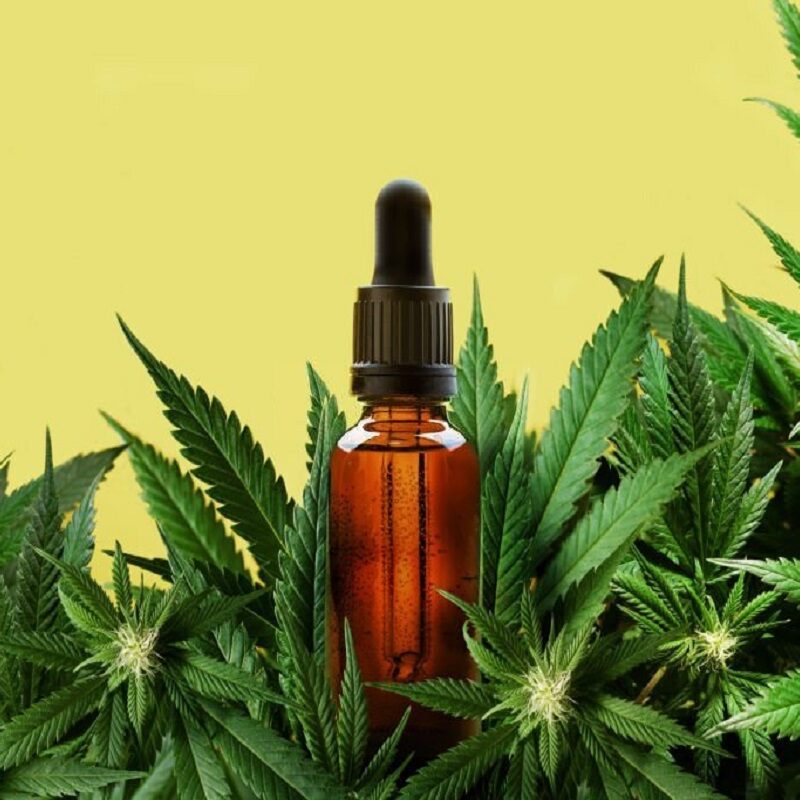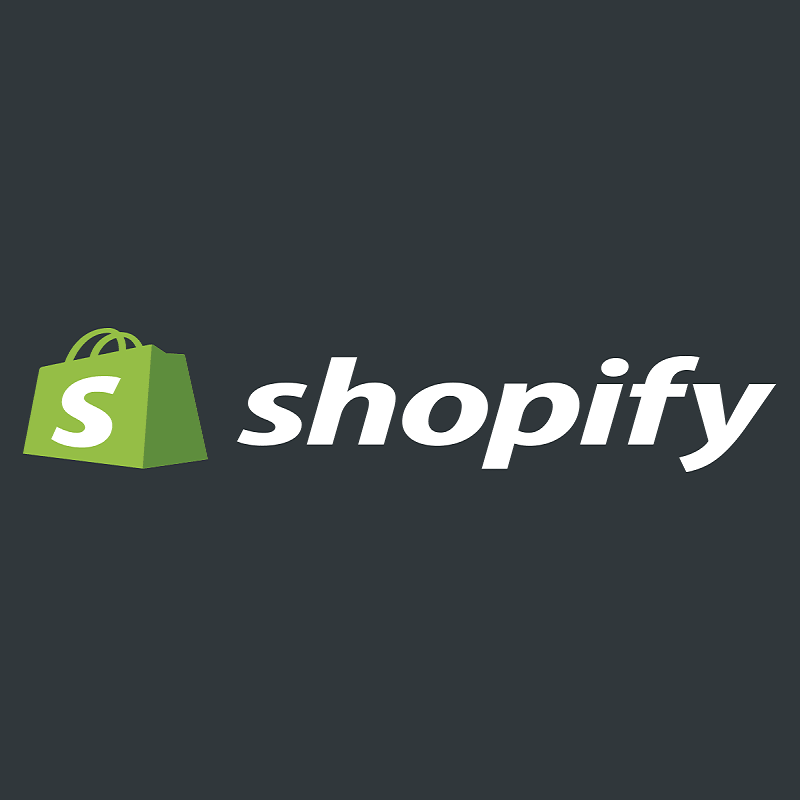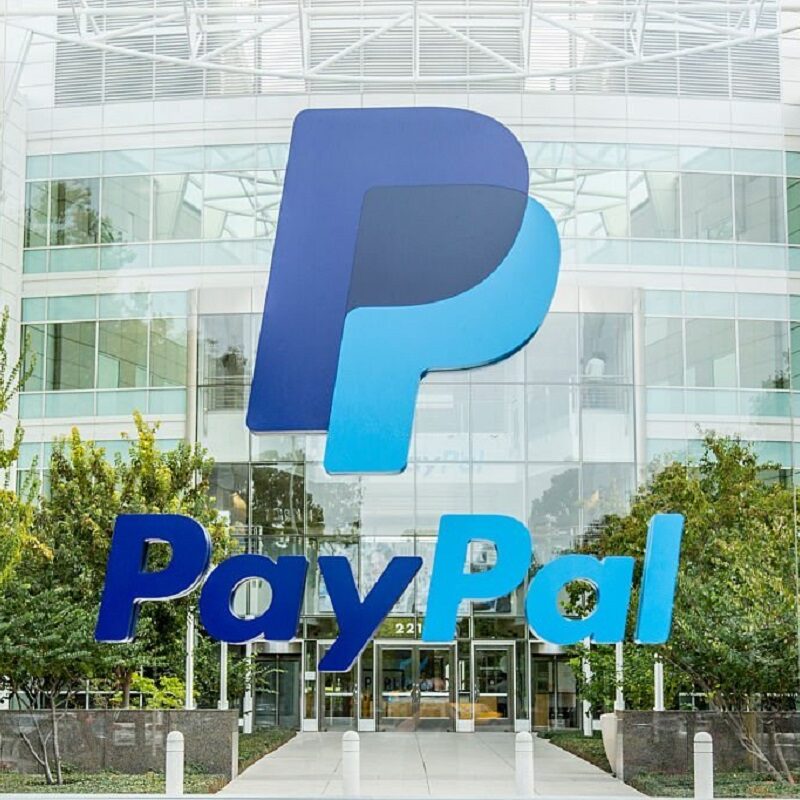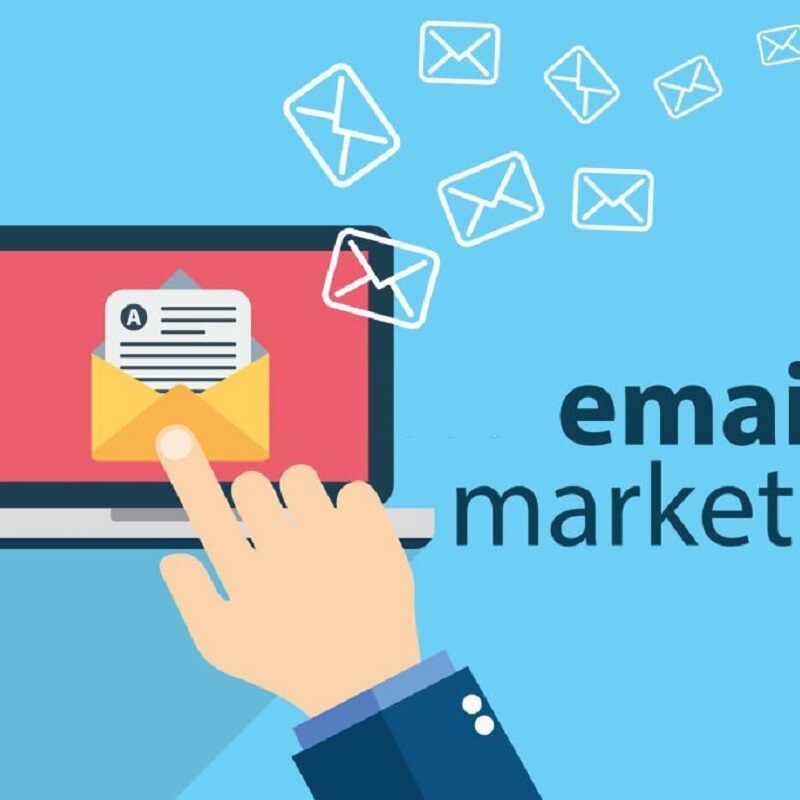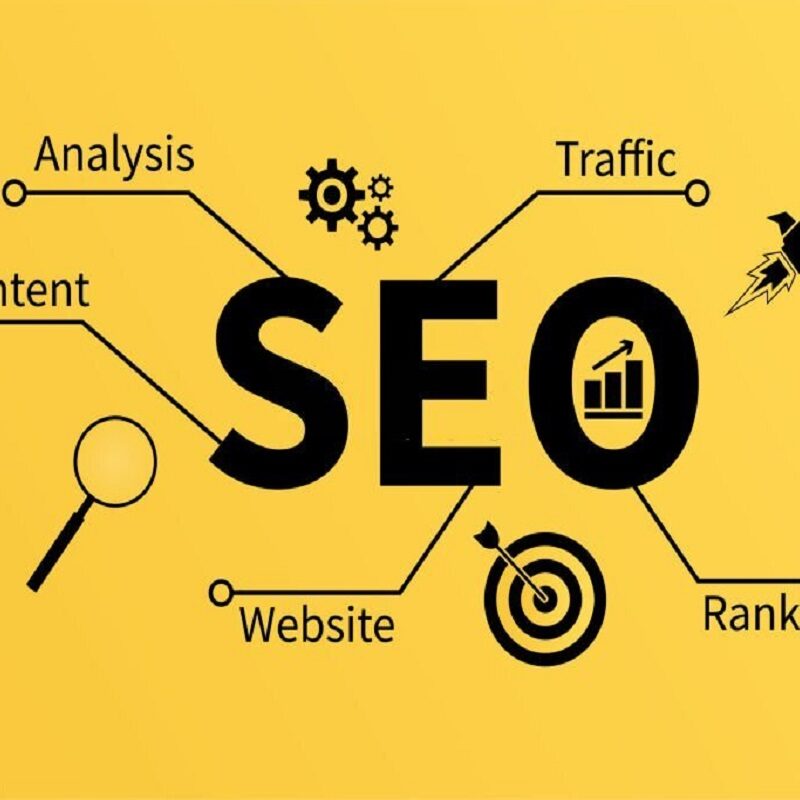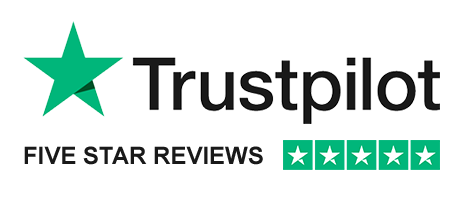Advertising on Facebook is the best way to promote a dropshipping store. But how exactly do you make money with Facebook ads? How do you create campaigns and audiences? How do you target them? In this article, I will share the Facebook marketing strategy our team uses to advertise our best-performing online store.
Hello, everyone! I’m Glory from AliDropship. This article is for you if you never launched an ad on Facebook but learned the basics from some articles or videos, or if you tried it but didn’t get great results and now want to know how to run Facebook advertising successfully and also how to make money with Facebook ads.
I’m not going to go into the technical details of launching an ad (there are plenty of articles and videos about that on YouTube; you can watch them any time) but will instead explain the best strategy to get results. Before reading this article, make sure you understand what terms such as “audience,” “interests and “lookalikes” mean.
If you know nothing about Facebook ads, learn the basics and get back to this article later. We will study the best Facebook ad strategy in the first part of the article and the remarketing in the second one. We will use our dropshipping store as an example. This is our best-performing premium store, The Auto Merch. In one of the previous articles, we discussed the product strategy of this store.
It makes money mostly with Facebook ads and brings in more than $160,000 in monthly revenue. Premium Store means that you can go to our official site and get a copy of this store for your own use. This way, you can save hours on choosing the best products and testing ads and just start dropshipping easily.
Without further ado, let’s analyze advertising and remarketing strategies step-by-step without further ado!
Part 1: Facebook marketing advertising on Facebook starts with picking a product for advertising.
Remember, you can’t advertise every product in your inventory. You have to pick the most promising one. Here are the criteria we use: The product must be popular. You can tell that by checking the number of orders on AliExpress or the product’s rating on Amazon. Another way is to use AdSpy to find ads for the same or similar goods.
Don’t try to sell random products with no signs of demand from users. The item’s price must be affordable. Converting Facebook users costs anywhere from $15 to $30. This sum should be included in the final price, so make sure it doesn’t scare away potential buyers. The product must be useful.
The Auto Merch is actually built around useful car accessories, which is why it’s simple to promote. And finally, make sure the product has video materials on AliExpress. This part is very important because video advertising works best. After choosing an item for advertising, the team works on its product page. They add customer reviews with photos of the product, add GIFs or videos to the description, improve the page’s loading speed, etc.
Make sure the page doesn’t disappoint visitors who are going to come from Facebook.
Step 2: Make Video Posts Instead of creating and launching standard Facebook ads, our team makes and publishes video posts on the store’s Facebook page. We created seven video variations as well as three text and thumbnail variations for each video. We end up with 21 variations in total.
We need so many posts because, at this moment, we don’t know which of them will attract more attention. After some testing, the team will remove most of them. Note that we use these video posts instead of standard ads. There’s a reason why. Facebook users tend to click more often on promoted posts with a high number of likes and comments.
Besides, posts with a high level of engagement become more noticeable in the feed. That’s why our team uses posts instead of standard ads in all Facebook campaigns they create after this step. So now we are promoting these video posts.
To do it, we created a Page Post Engagement campaign. The objective of such campaigns is to generate engagement, which means likes, comments, and shares.
It’ll also tell us which posts have more advertising potential. Yes, we want to make money with Facebook ads, but at this point, we need to know which creatives are the most efficient. The team sets the budget at $10 – 15 per post.
Don’t worry: we’ll turn off most of the ad sets within 24 hours. So Facebook won’t spend all the money.
The team of The Auto Merch targets US users, but you can also target other English-speaking countries like the UK, Australia, and Canada. We set the language to English and the placement to Automatic. At this point, you can ignore such parameters as age and gender unless you’re absolutely sure about them. Remember: PPE campaigns generate a lot of comments, including questions. Make sure you answer all of them.
Now it’s time to launch the campaign and wait for the results.
Step 3. Testing video posts. The Auto Merch team usually launches PPE campaigns at midnight. In the morning, we check how the posts performed in terms of click-through rate, average playtime, and cost per 1,000 impressions. They turn off one or two of the worst-performing ads from each group of three variations.
So after that, we end up with 1 or 2 text and thumbnail variations for each of the seven videos. After that, we run the campaign till the evening and turn off all posts except for the 3 or 4 best-performing variations.
After the tests are over, our team keeps the PPE campaign running. First of all, it keeps generating likes, comments, and shares. Second, it lets us gather more data, including information about our target audience. But this time, we increased the budget to $15-20 per winning post.
Step 4: Launch an interest-gauging conversion campaign. Now it’s finally time to launch our first conversion campaign. At this stage, we don’t expect a lot of sales. Our priority here is to test Facebook interests to better understand the audience and how to target our Facebook ads.
Our team uses 1 to 3 winning posts from the PPE campaign. This campaign will lead potential buyers to the product page on our site. For targeting, the team uses Facebook interests—one interest and at least one video creative per ad set. We start with at least five interests, but later you can add more.
As for the budget, we set it at half of the product’s price but not less than $10 per ad set.
Just like with the PPE campaign, we launched this conversion campaign at midnight. In the morning, they turned off the ads and ad sets that showed terrible results. After that, the campaign runs for several more days. Often, it takes up to 7 days to test audience interests. But, of course, you should keep an eye on how the ad sets perform.
Another important thing to remember here is that ad performance is usually not stable. The same idea may work well with one audience and perform terribly with another.
They also tend to “fade away” with time. So, experimenting with creatives and audiences is a routine process.
Step 5: Collect demographic data. Two or three days after we launched the PPE campaign, it’s time to check the demographic data we collected. To do this, the team breaks down the audience of all the existing campaigns into age and gender segments. We use this information to optimize the targeting settings of the existing campaigns, including our PPE campaign. The team simply duplicates the ad sets and updates the targeting settings. If the original targeting was completely wrong, we turn off the original ad sets.
If we’re not sure about it, we keep them running along with the duplicated ones. To make money with Facebook ads, we need to target the right audience and advertise to as many relevant users as possible. For that, we use lookalikes. At this step, we get back to the conversion campaign that tests Facebook interests. First, they build a custom audience of users who have watched 95% of our video ads in the last seven days.
These users are collected from all the videos that advertise our product. By this time, we should have at least 2,000 people on the list. If your videos are long (about 40 seconds or longer), you can select users who watched 75% of the ad. Next, the team creates a lookalike audience and breaks it down into six segments. You can see them on the screen.
Step 6: Launch a conversion campaign for a lookalike audience. Now our team is launching another conversion campaign targeted at this lookalike audience. We create one ad set for each size segment. Each ad set uses 3 or 4 of the best-performing video ads from our PPE campaign. The budget is set at half of the product’s price per ad set.
We will run this campaign for at least 2 or 3 days. Then we turn off the worst-performing ads and ad sets. When the campaign generates at least 20 add-to-carts, checkouts, or purchases, it’s time to move on to the next step.
Step 7: Creating More Lookalike Audiences. When our existing campaigns collect more data, we can create a whole range of lookalike audiences. But first, as previously stated, we create custom audiences comprised of the following user categories:
First, the users who watched 75 or 95 percent of our video ads. Then, the users who visited our dropshipping site. Also, users not only visited the site but also spent some time there. site visitors who spend more time on the site than anyone else. Next, users who added a product to the shopping cart but never purchased anything. Users who initiated the checkout process but never finished it. And finally, users who made a purchase.
We select users who have taken these actions over the last 30 days. But when the campaigns start generating at least 100 purchases, checkouts, and add-to-carts, they change the time period to 7 days. The team also creates value-based audiences to make money with Facebook ads.
As you know, when Facebook generates lookalikes, it analyzes the behavior of users from your custom audiences. But with value-based audiences, Facebook also takes into account their spending preferences. When a user browses your product pages, adds something to the shopping cart, or makes a purchase, Facebook pays attention to the price of these products. Then it looks for users who tend to spend similar sums of money. After this, the team creates lookalikes based on the custom audiences I just mentioned and these value-based audiences.
Similar to before, we divide these lookalikes into size segments.
Step 8: Kick off the SANDBOX campaign. Now the team is launching another conversion campaign targeted at these lookalikes. We call it SANDBOX. From this moment, it’s going to become our main testing area.
Each ad set is targeted at one size segment of each lookalike. The budget is set at half of the product’s price per ad set, but not less than $10. Don’t forget to exclude the custom audience users who purchased anything over the last 180 days from each ad set.
Now the team begins the final testing. They start checking the results after 2-3 days.
If an ad set performs poorly, we turn it off. If it performs well, the team duplicates the ad set into a new campaign and doubles its budget. If the new ad set also performs well, we duplicate it and double the budget again. If one of the new ad sets doesn’t meet our expectations, we simply turn it off. This way, we don’t have to experiment with the original ad set, which could “break” it, so to speak.
And this campaign is where the team starts making real money.
The general scheme of the advertising strategy used by The Auto Merch team looks like this. Pause for some time if you want to take a better look. Or keep reading as we move on to the remarketing part.
Part 2: Facebook Remarketing helps you target new people. This can bring you a lot of potential buyers. But the conversion rate of such audiences is actually very low. That’s why remarketing people who have already interacted with the store is another important part of our advertising strategy. Here’s how the team at The Auto Merch uses it. The work begins seven days after the team launches the very first Page Post Engagement campaign.
They create two custom audiences. The first one consists of users who watch 95% of our video ads. And again, make it 75% if you use longer videos. The second audience consists of users who visited our product page. This is a warm audience. These people already know about our brand and saw our product, which is why they will convert better.
Step 2: Begin a remarketing campaign. The next step is to create creatives for the campaign. Our team uses both old and new video ads. Sometimes they add coupons or photo reviews from customers.
We also use image ads in three formats: vertical, horizontal, and square for each group of placements. It’s also a good idea to add up to five text variations per picture. Let Facebook decide which ones perform better. At this stage, it’s important to make exclusions. We exclude people who visited the product page from the list of “video viewers” and people who purchased something on our website from the list of site visitors.
Sometimes Facebook doesn’t mark buyers properly. That’s why we also recommend excluding buyers from the first audience, just in case. Now it’s time to launch our remarketing campaign. The team makes one ad set for each audience. Each ad set contains several ads.
We set the campaign’s overall budget at 10 – 20% of the budget we spend on advertising. This sum will change as you spend more. Or set it to $10-15 per each ad set and raise it step-by-step.
Step 3. Monitor the campaign’s performance. The team keeps the campaign running all the time.
Here you have to keep an eye on the following three metrics: Frequency refers to how often a user sees your remarketing ads. It should stay between 2.5 and 5. The Click Through Rate (CTR) is the percentage of people who clicked on your ad.
The team usually turns off the creatives with the lowest CTR after a few days of testing. The cost per click is the amount of money you spend per click. You want to keep it as low as possible.
If an ad or an ad set performs well, the team raises its budget by 50% of the current value until its revenue stops growing. If they perform poorly, we cut the budget by 33% of the current value until we have to turn them off completely.
But keep in mind that you should give Facebook at least two days to adjust before changing the budget again.
Of course, the team also experiments with new creatives and other time periods. After all, you should keep your remarketing campaign running all the time and simply adjust it to what’s going on right now. This is how we make money with Facebook ads for our best-performing premium dropshipping store. If you watched this video till this moment, I’m so proud of you!
Post the phrase “Facebook Ads rules” in the comments to let me see you! Apply this knowledge to your Facebook ads and don’t worry if you don’t see instant results.
You will need some time to learn the ropes. If something is unclear, just watch this article again and write down the steps and repeat them for your store or business. And remember that if you want to start dropshipping easily, you can simply purchase a copy of The Auto Merch along with our advertising materials and targeting recommendations.
I hope you found this article useful. Make sure to read the other articles. See you next time. Bye-bye!






